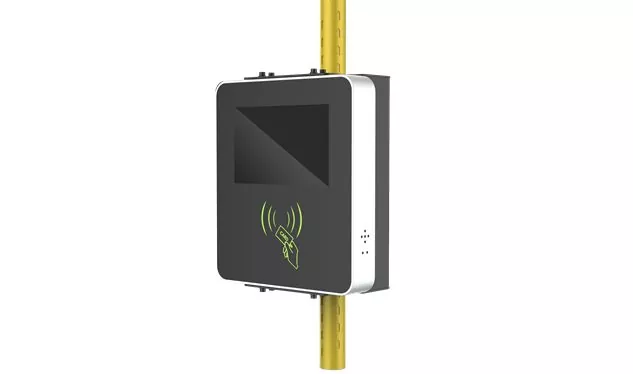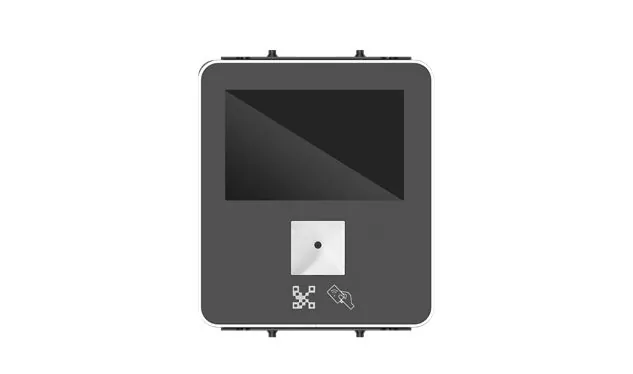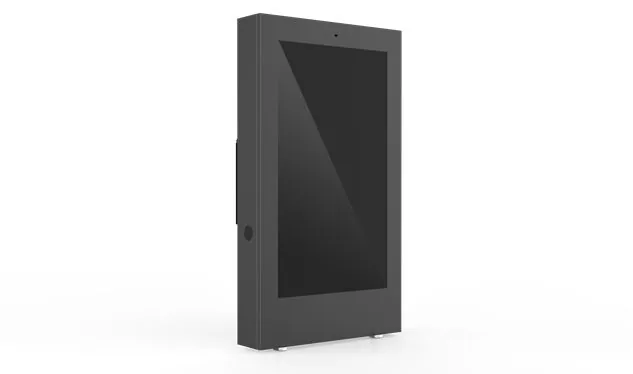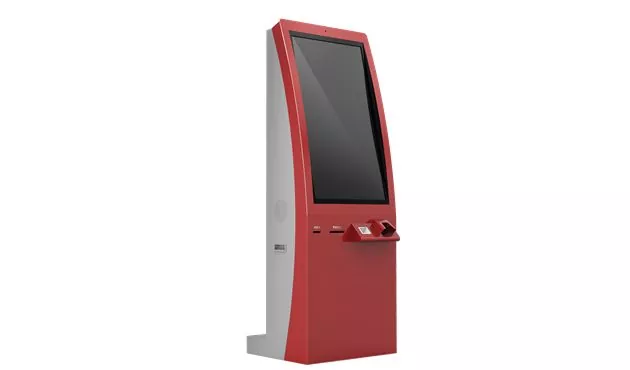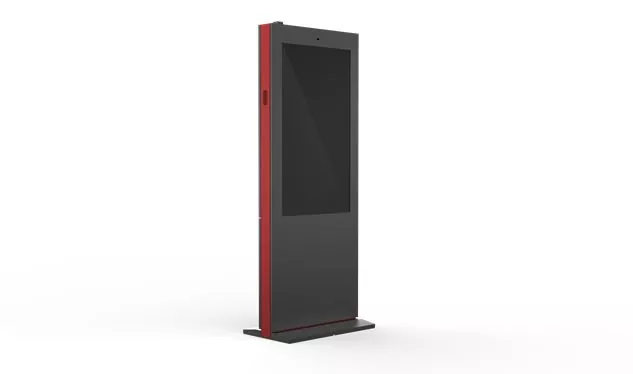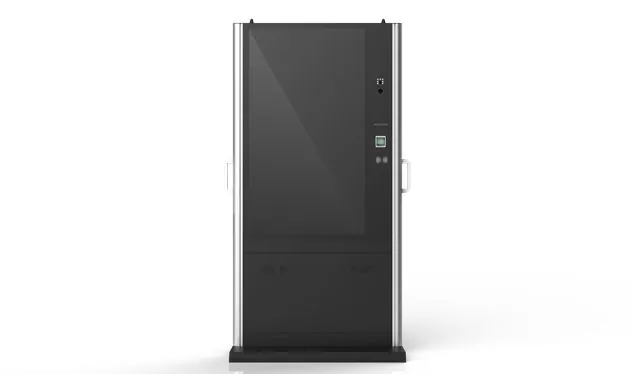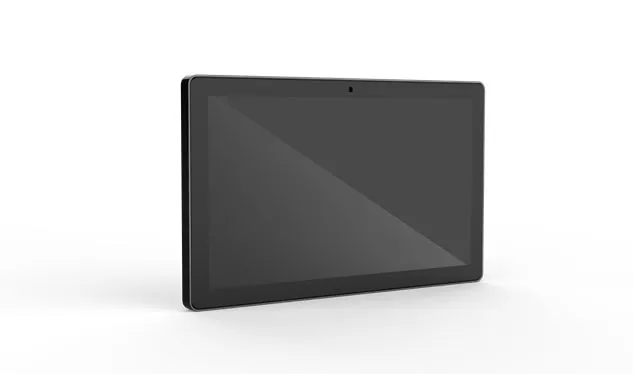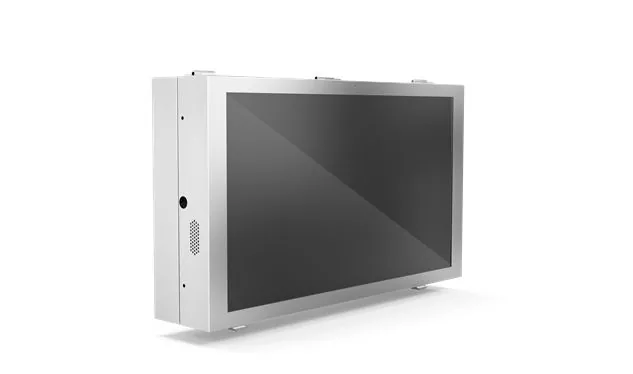Mobile Digital Signage
Mobile Digital Signage refers to digital displays and signage systems that are designed to be portable and used in various locations and contexts. Unlike fixed digital signage installations, mobile digital signage systems can be moved from one place to another, providing flexibility for dynamic advertising and communication needs.
Send Inquiry
Key Features and Benefits:
1. Portability: Designed for easy transportation and setup, mobile digital signage can be mounted on vehicles (such as trucks or trailers), movable stands, or even on handheld devices. This allows for deployment in different locations as needed.
2. Versatility: Mobile digital signage can be used for a variety of applications, including advertising, event promotions, public announcements, and interactive experiences. Its flexibility allows it to adapt to different environments and audiences.
3. Ease of Setup: Often comes with features that simplify installation and setup, such as quick-connect mounts, battery power options, or integrated wheels for ease of movement.
4. Dynamic Content: Capable of displaying various types of content including video, images, text, and live feeds. Content can be updated remotely or on-site, allowing for real-time adjustments and targeted messaging.
5. Durability: Many mobile digital signage systems are built to withstand outdoor conditions and frequent movement. They are often encased in rugged, weather-resistant enclosures to protect against environmental factors.
6. Interactivity: Some mobile digital signage systems include interactive features such as touch screens, QR codes, or motion sensors, enabling user engagement and interaction.
7. Connectivity: Typically equipped with various connectivity options like Wi-Fi, 4G/5G, or Bluetooth, allowing for remote content management and updates.
8. Energy Efficiency: Designed to be energy-efficient, many mobile digital signage systems use LED technology and include power-saving features to extend battery life and reduce operational costs.
Common Applications:
1. Event Promotion: Used at trade shows, festivals, and sports events to provide information, advertise products, and engage with attendees.
2. Advertising: Deployed in high-traffic areas or as part of mobile advertising campaigns to reach target audiences in various locations.
3. Emergency Information: Provides real-time updates and alerts in emergency situations, such as during natural disasters or public safety events.
4. Public Engagement: Engages with the public in areas like parks, plazas, or on public transport systems, offering interactive content and promotional materials.
5. Retail and Business: Used by businesses to promote sales, specials, or brand messages directly to consumers in different locations.
6. Educational and Training: Mobile digital signage can be used for educational purposes, such as providing information at educational fairs or training sessions.
Examples of Mobile Digital Signage:
· Digital Billboards on Trucks: Large, mobile screens mounted on the back of trucks, often used for high-visibility advertising and promotions.
· Portable Kiosks: Stand-alone units with digital screens that can be moved to different locations for events or temporary installations.
· Vehicle-Mounted Displays: Screens mounted on vehicles like buses or vans, used for advertisements or public information.
Mobile digital signage offers a flexible and impactful way to reach audiences across various locations and contexts, leveraging the advantages of digital media while accommodating the need for portability and adaptability.



